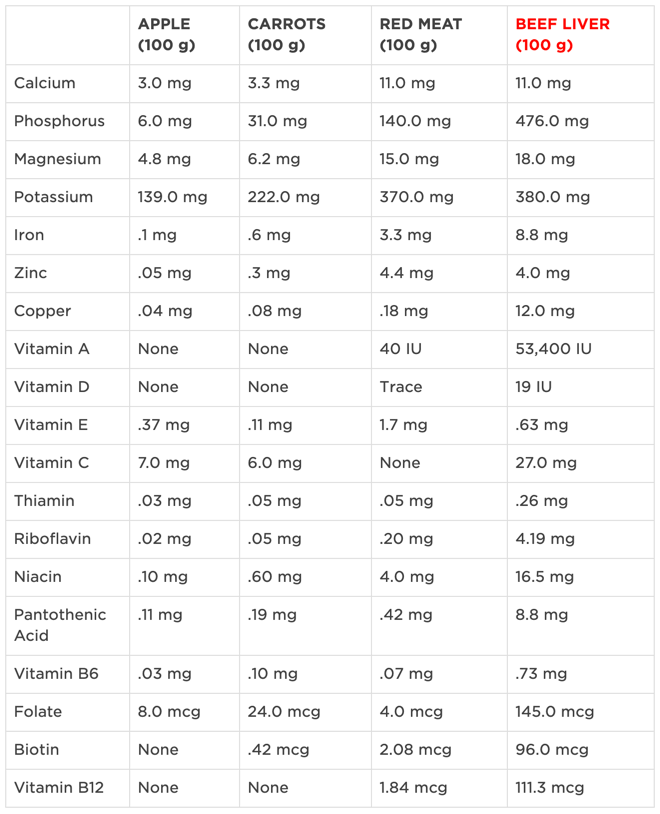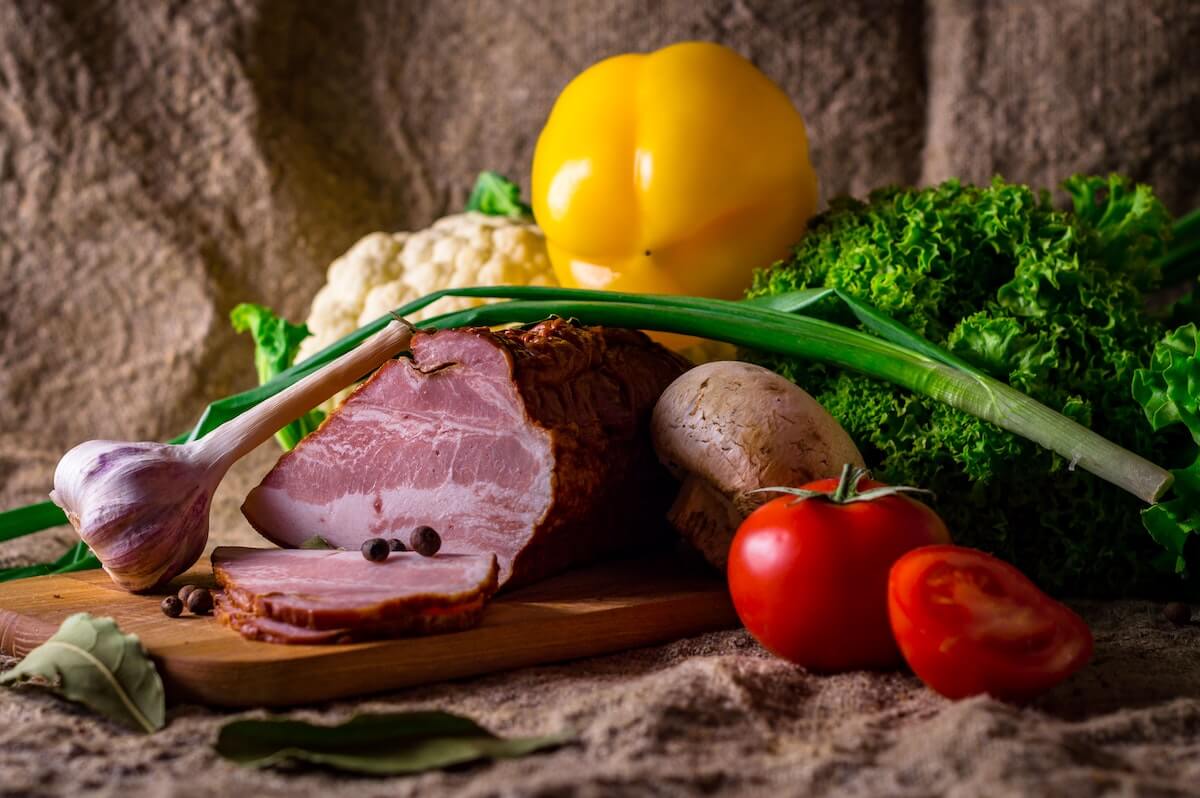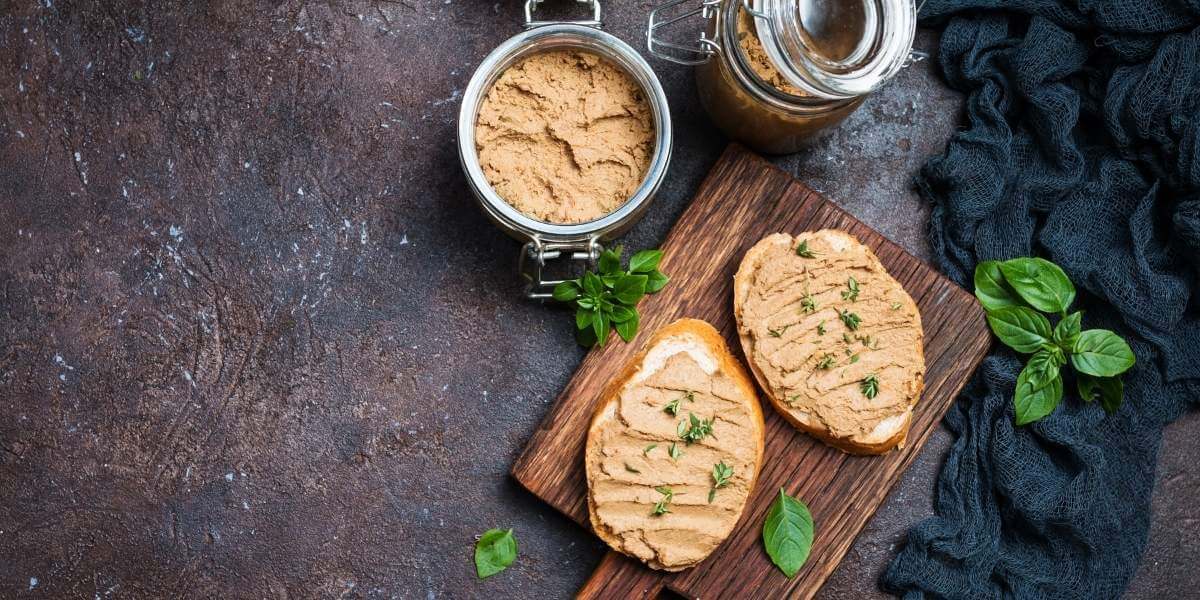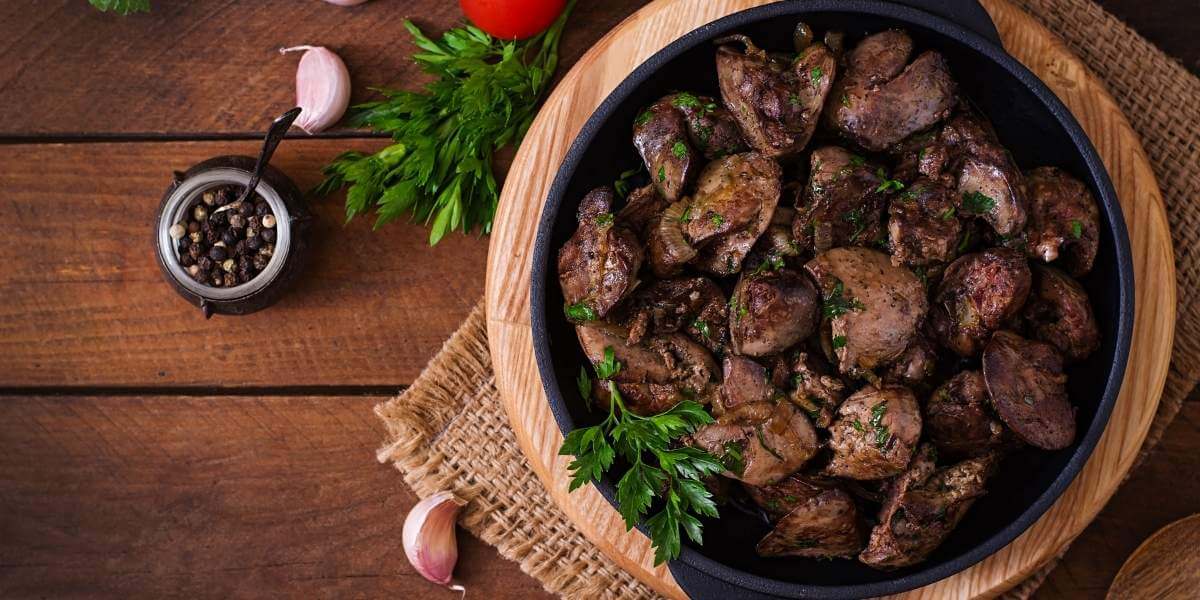It seems virtually every week we find out about a new superfood that promises to boost our health in ways that no other food can. However, if you’re expecting an exciting story about some little-known exotic plant that can allow you to drink from the elixir of life, I hope this article doesn’t disappoint you, because the healthiest superfood is not exotic.
In fact it’s ordinary, so ordinary it’s been available in your local supermarket since that supermarket first opened its doors. It’s also cheap, and whilst it’s not a popular dish today, your great-grandparents probably ate it every week!
So, what is this nutritious superfood that everyone forgot about?
Okay. Enough of the suspense. We are declaring the liver as the world’s healthiest superfood!
“What?” I hear you say, “Liver?!”
Yes! Pound for pound, the liver packs a nutritional punch no other food can beat. Whilst we normally think of fruits and vegetables as the foods that are full of vitamins and minerals, liver actually beats them all!
The following table compares the vitamin and mineral contents of apples, carrots, red meat, and beef liver.

Liver is also rich in amino acids
Liver contains all of the essential and conditionally essential amino acids. Amino acids are what our bodies use to form proteins and build muscle.
- Essential amino acids are the ones that the body can’t make itself, so we have to get them from our diets.
- The conditionally essential ones we can make, but it can be difficult to do so during times of stress or illness, so it’s important to have good dietary sources of these ones as well as back up (1).
Liver is also rich in essential nutrients
As well as all these vitamins, minerals and essential amino acids, the liver is also a great source of other essential nutrients including carnitine, carnosine, and choline.
- Choline is vital for each of the cell membranes of our 20 trillion cells. As acetylcholine, choline also functions as a neurotransmitter in the nervous system which boosts our brainpower and provides the signal that allows our muscles to move, as well as many other bodily processes.
- Carnosine can reverse the damage high blood sugar levels cause in the body (known as glycation).
- Carnitine is vital for breaking down fatty acids into energy.

What’s the difference between red meat and liver?
When we say red meat, we actually are referring to the muscle meat of the animal. Most meat-eaters today just eat muscle meat. This includes people who are on diets that often contain high quantities of meat, such as paleo, ketogenic, or carnivore diets.
Our hunter-gatherer ancestors, on the other hand, whilst they ate meat when they caught it, they also definitely included all the organ meats. They didn’t waste anything! The adrenal glands, for example, which are exceptionally high in Vitamin C, allow people to avoid scurvy when they have no fruits or vegetables in their diet at all!
But what about Vitamin A, everyone knows carrots have lots of Vitamin A?
Anyone who studied the above table carefully might have been a little confused with the Vitamin A row. It showed that carrots contained no Vitamin A at all! It does sound strange, as we’re always told that carrots help you see in the dark (Vitamin A is abundant in the eye). Well, carrots contain lots of beta carotene, and beta carotene is a precursor to Vitamin A, but is not actually Vitamin A.
This means that we can use beta carotene to make Vitamin A in the body. However, one of the potential problems is that some of us have genetic mutations in the BCM01 gene. This is the gene that converts beta carotene to Vitamin A. A study by Leung et al (2) found that 42% of us have a single mutation in this gene and 24% have a double mutation.
The problem if you can’t convert beta carotene to Vitamin A
For people with either the single or double BCM01 gene mutation, making Vitamin A from just beta carotene is more difficult. In the study people with a single mutation produced 32% less vitamin A from Beta Carotene, whilst those with the double mutation produced 69% less vitamin A. This can easily cause problems for the body when you consider all the things that Vitamin A is vital for.
For instance, in addition to vision, Vitamin A allows genes expression, (known as gene transcription), which means our genes become accessible so they are able to code for different proteins that the body needs to produce.
It’s also vital for cell differentiation, which basically means cell division, so we need it for our cells to stay healthy every time they divide from one cell into 2 cells. This is most apparent in the cells in our bodies that are known to divide a lot. These include the cells of our skin, the linings of our guts, and our immune system cells.
This means adequate vitamin A is needed for healthy skin (and hair!), a healthy gut and a healthy functioning immune system. Doctors often prescribe retinol creams for patients with skin issues because retinol is Vitamin A, so they are effectively prescribing a Vitamin A cream.
So liver’s large vitamin A content can be a huge help for anyone that has a genetic difficulty in producing the active form of Vitamin A. As an aside, other good sources of this Vitamin A include cod liver oil and powdered liver supplements.

Liver’s other nutritional highlights!
Here are some other benefits of eating this healthy superfood:
Liver is a great source of Vitamin B12
Vitamin B12 is one of the most important vitamins that helps clear brain fog and helps boost our mood. It’s also a component that’s notoriously difficult to source. Not only does this vitamin play a key role in brain function, it’s also vital for producing our DNA, the red blood cells that carry oxygen around our body, our nerves, and many other functions. Lack of sufficient B12 intake has been known to cause depression, anxiety and even memory loss.
A steady supply of folate
Other vitamins and minerals that have been linked to better cognitive function and which are found in abundance in the liver are magnesium as well as the rest of the B vitamins. This includes folate, a vital component that people are often deficient in due to lifestyle, genetics, or the use of certain medications.
One of the important functions folate plays is breaking down homocysteine. It’s an amino acid that is associated with Alzheimer’s and depression if found in large quantities in the blood.
Folate is often difficult to get from food, which is why some people opt for methylfolate supplements like our Intelligent Labs 5-MTHF Quatrefolic Acid.
5-MTHF or Methyltetrahydrofolate is the most active type of folate our bodies can use directly. However, adding a weekly serving of liver into your diet should take care of your requirements, as it’s one of the most concentrated sources of folate we have today.
Takes care of your iron needs
Anaemia, or iron deficiency, is one of the most prevalent conditions in the developed world. Iron is a vital component in the creation of haemoglobin in the red blood cells, which later supply the whole of our body with oxygen.
When your organs and tissue don’t have enough oxygen flowing to them, it wreaks havoc on the whole system. It leaves you feeling tired, nauseous, forgetful, and susceptible to infections.
Iron needs vary from person to person, with pregnant and menstruating women being the demographic most vulnerable to deficiency. Paired with a rich and nutritious diet, liver can take care of 35% of the RDI for women, and 80% for men. However its potency is not only due to the high concentration of iron, but to the kind of iron it contains.
Liver is rich in heme iron, which gets easily absorbed by our bodies as opposed to non-heme iron found in most plant sources. The difficulty in absorbing non-heme iron is why some people who don’t eat a lot of animal products can have problems with anaemia, even when they are eating plenty of iron-rich vegetables.

Okay, but there must be a downside?
With its high concentration of essential vitamins, minerals and nutrients, it seems as though liver should be an obvious candidate to claim the healthiest superfood title. However there’s a big downside, for some at least, and that’s its taste. So if you struggle with the taste, but are now starting to think the goodness of liver is a good idea, there are still some ways to add liver to your diet without making you retch.
How to make beef liver more palatable?
One of the main reasons many find liver off-putting in the first place is its strong metallic taste and its hard texture. Soaking liver in milk overnight can soften not just the taste, but also its harder texture.
Soaking can really make it much more tender and give it just the right amount of juiciness. If you prefer, you can also soak liver in lime and water, which will give it some zest.
After soaking liver, there are countless ways to prepare it to make it more palatable, but one of our favorites is cooking it with onions.
Here’s a simple beef liver recipe
Ingredients:
- 2 pounds of sliced beef liver
- ¼ cup butter, divided into two parts
- 2 large onions
- Some salt and pepper
Cooking directions:
Melt one half of the butter in a skillet and sauté the onions until they’ve reached your desired softness. After that, remove the onions, and add the other half of your butter into the skillet. Drain the milk or water from your sliced liver and add salt and pepper. Add it to the warm butter in the skillet and cook until it’s brown on all sides. Add the onions and cook it a bit more to merge the flavors. Serve the liver with some mashed potatoes and gravy, or a salad.
Final Words
Now that you know what the world’s healthiest superfood is, it’s time to make sure you get enough liver in your diet. The taste may need some getting used to, but don’t let that deprive you of everything liver has to offer!
References
(1) Li, Ru-Ren et al. “Nutritional Characteristics and Active Components in Liver from Wagyu×Qinchuan Cattle.” Korean journal for food science of animal resources vol. 34,2 (2014): 214-20. doi:10.5851/kosfa.2014.34.2.214
(2) Leung, W C et al. “Two common single nucleotide polymorphisms in the gene encoding beta-carotene 15,15′-monoxygenase alter beta-carotene metabolism in female volunteers.” FASEB journal : official publication of the Federation of American Societies for Experimental Biology vol. 23,4 (2009): 1041-53. doi:10.1096/fj.08-121962




